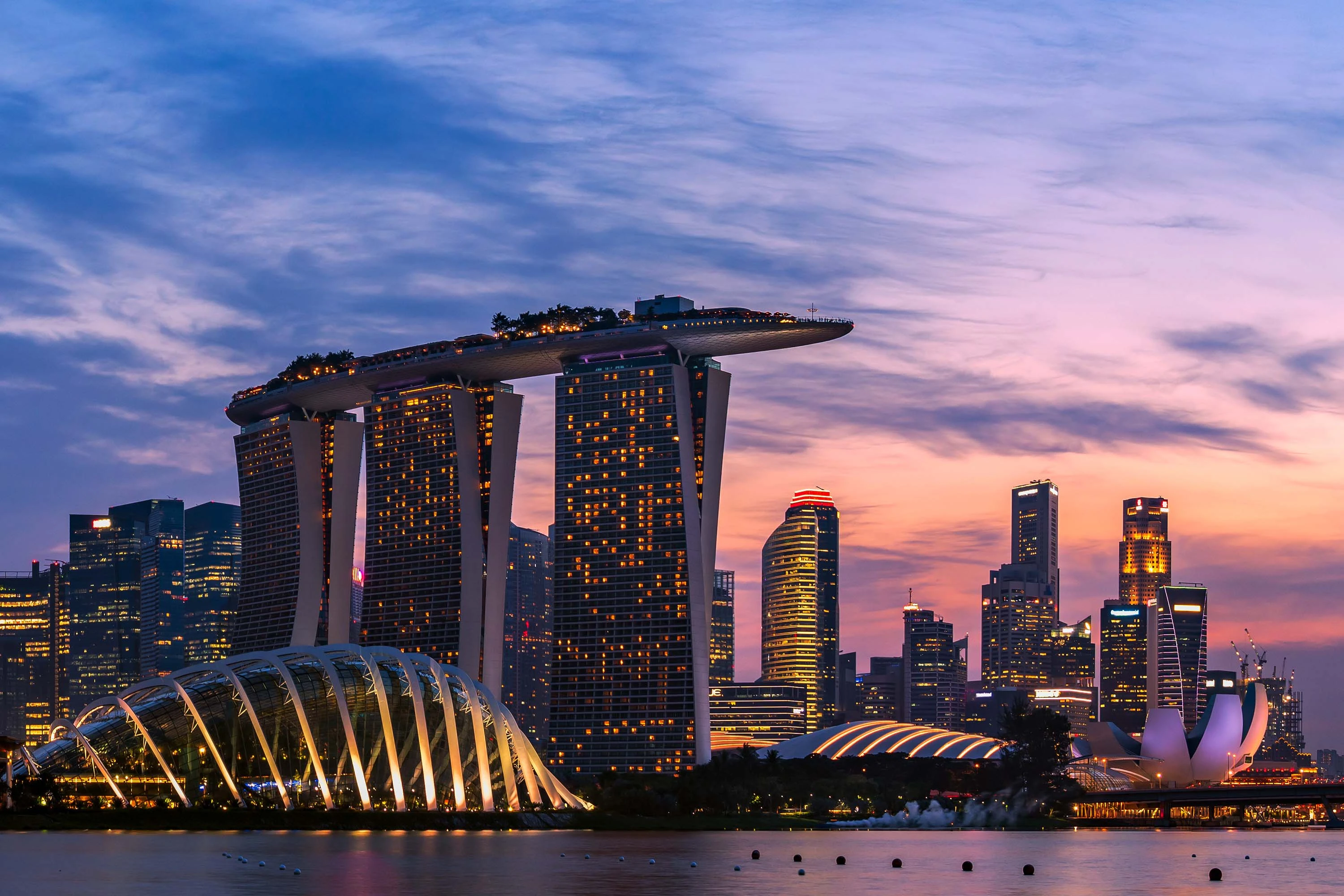Singapore Stocks
Singapore is one of the richest countries in the world, but it has very little land or resources. Eulerpool has compiled a list of stocks from Singapore for you.

Own the gold standard ✨ in financial data & analytics fair value · 20 million securities worldwide · 50 year history · 10 year estimates · leading business news
Subscribe for $2 fair value · 20 million securities worldwide · 50 year history · 10 year estimates · leading business news



Business and Politics
Most important hub in Southeast Asia. Singapore is one of the wealthiest countries in the world, but it has very little land or resources. The country is a city-state and is therefore the smallest state in Southeast Asia.
Singapore stands for economically free thinking, low taxes, minimal regulations, and an independent policy. Additionally, Singapore maintains banking secrecy, which is overall very attractive to foreign investors and wealthy individuals. What Switzerland or the Cayman Islands offer can now also be found in the heart of Southeast Asia.
The country also has one of the largest ports and freight terminals in the entire region, which is why numerous transportation companies utilize this location from both an economic and geographical perspective. The uniqueness lies in the fact that there are no import duties and the port is open to all nations.
The stock market in Singapore is heavily influenced by asset management, which is related to the excellent tax environment. The main index (Straits Times Index) consists of 50% financial stocks, which has been achieved through high capital inflows in the last few years. Sectors such as industry or real estate account for another 35%, resulting in very limited representation of technology or consumption.
The largest companies
E-Commerce replaces financial companies. Currently, the e-commerce and gaming company SEA Limited is at the top of the largest companies with a market capitalization of 100 billion USD. Following that are the country's three largest banks. The DBS, which is considered the most digital and advanced bank in Southeast Asia, the OCBC, and the UOB.
The Straits Times Index (STI)
Unilateral weighting in the leading index. In the STI index, there are a total of the 30 largest companies in Singapore that are traded on the Singapore Exchange (SGX). To be included in the index, a company must be financially sound and have high liquidity.
Due to the stable financial position and high market capitalization of the banks, they account for approximately 50% of the index's weight, which naturally does not lead to proper sector diversification. Furthermore, the industrial sector also holds a significant position, accounting for almost 20%. Companies such as Keppel or Wilmar are represented here.
The real estate sector is also strongly represented. Companies like CapitalLand or Ascendas are leading REITs in Singapore for both private and commercial property management. Singapore Telecommunications is also highly ranked in the index, being the number one mobile service provider in numerous Asian countries.
Trading venue and opening hours
Important trading place in Asia. The Singapore Exchange (SGX) emerged in 1999 from a merger of two stock exchanges and became tradeable as a stock in 2000, just like Nasdaq. The trading venue is one of the most important in Southeast Asia due to the high number of listed stocks and derivatives.
With a market capitalization of 663 billion USD, SGX may not make it onto the list of the largest stock exchanges, but it is already quite significant considering how small the country actually is.
The Singapore Stock Exchange opens at 3:00 am Germany time. It closes at 6:30 am and then has a second trading session from 8:00 to 11:00 am. Many Asian stock exchanges have a lunch break.